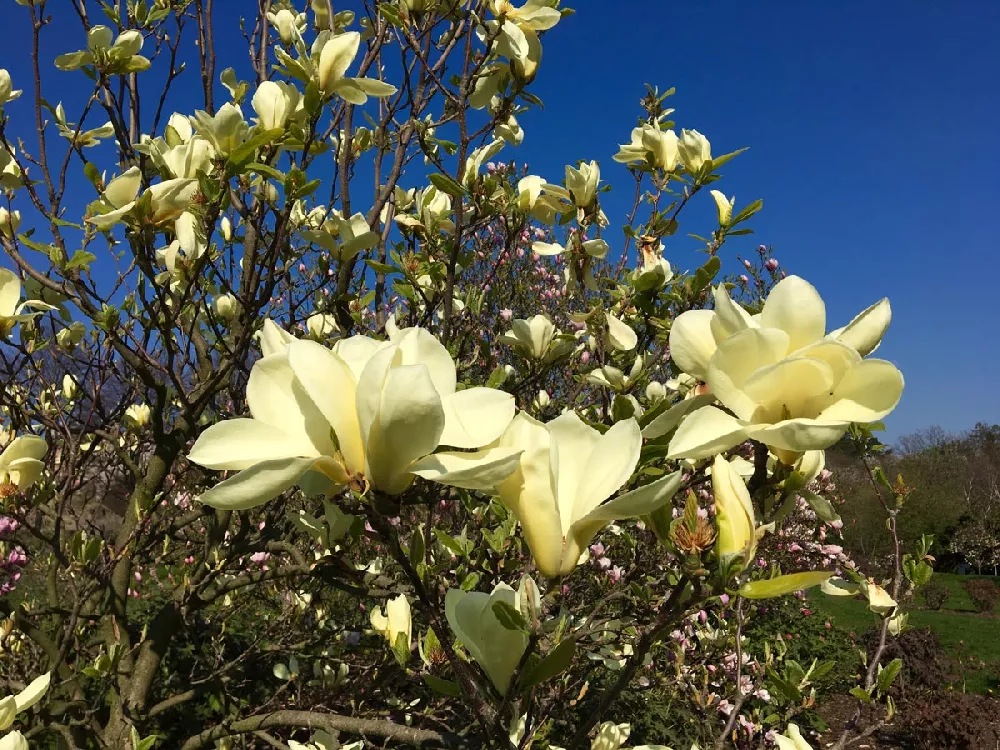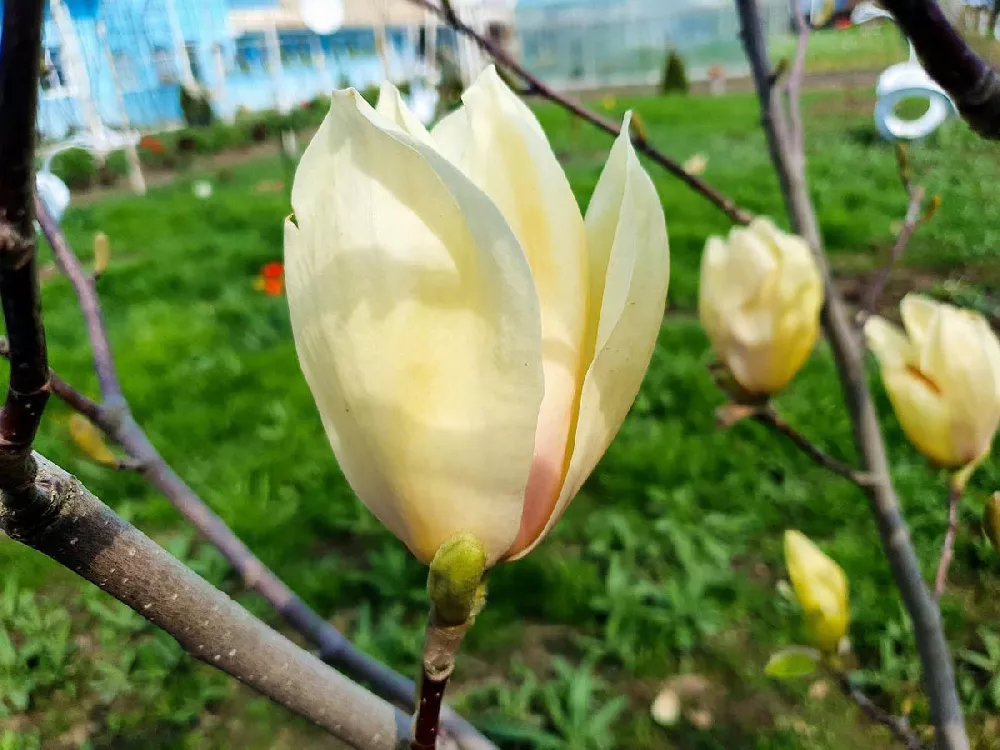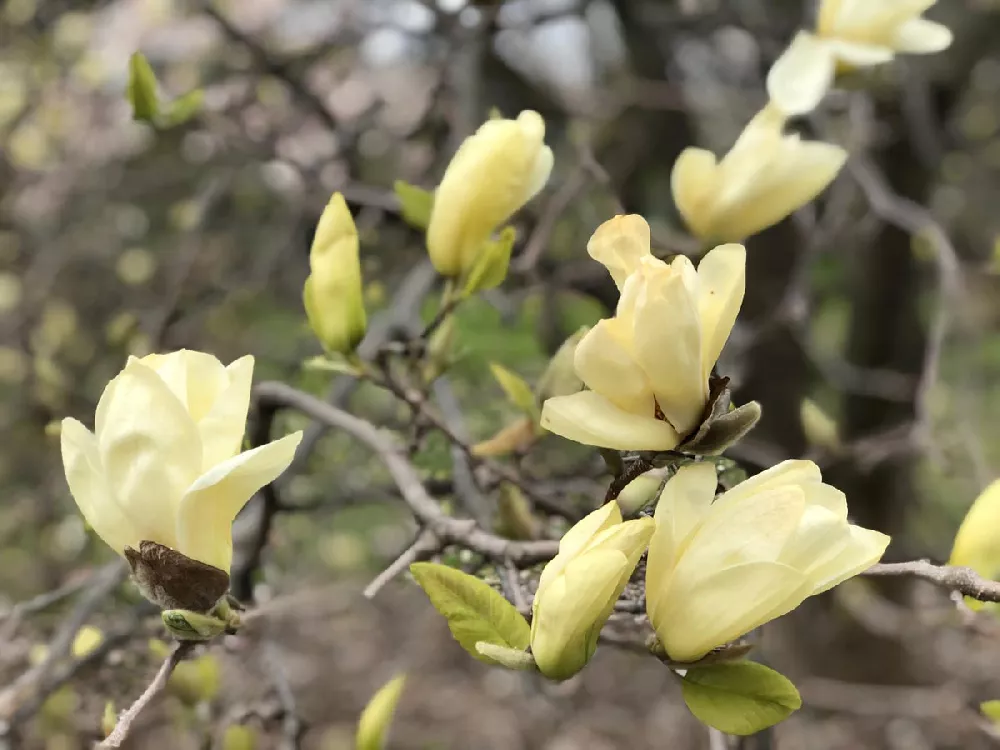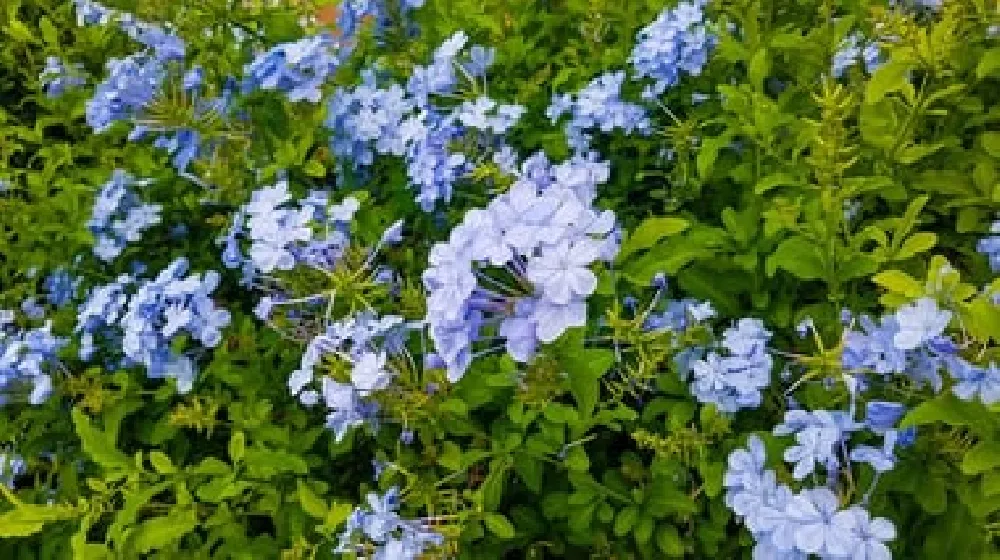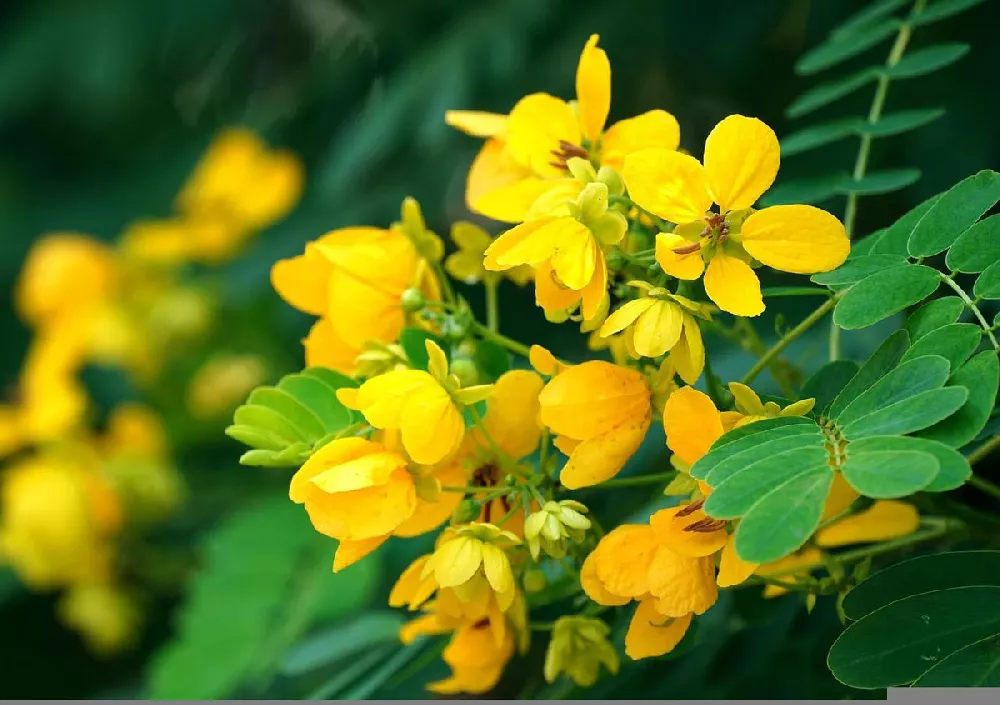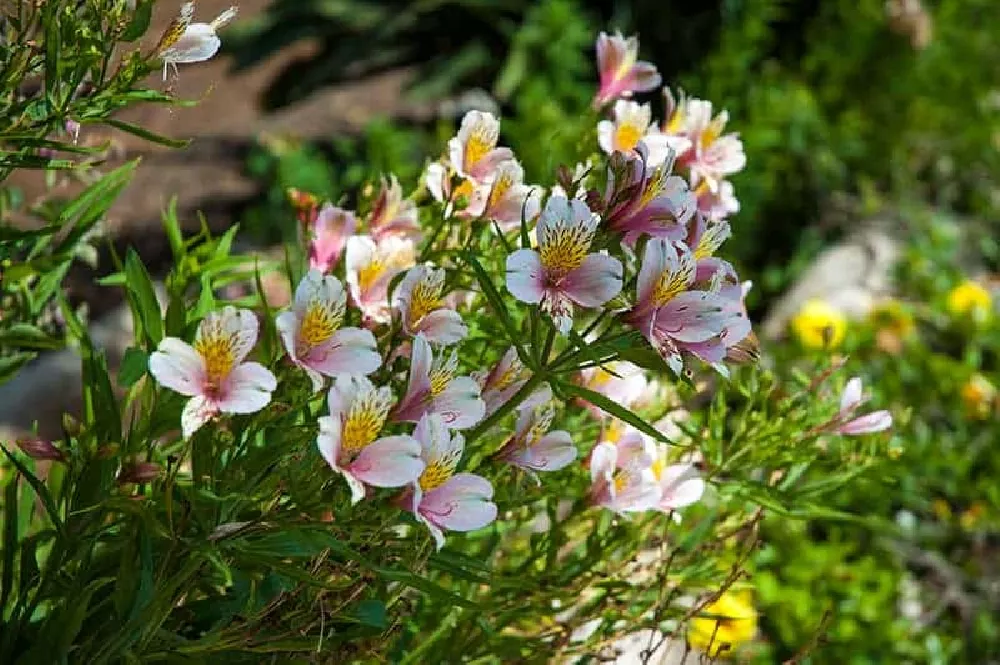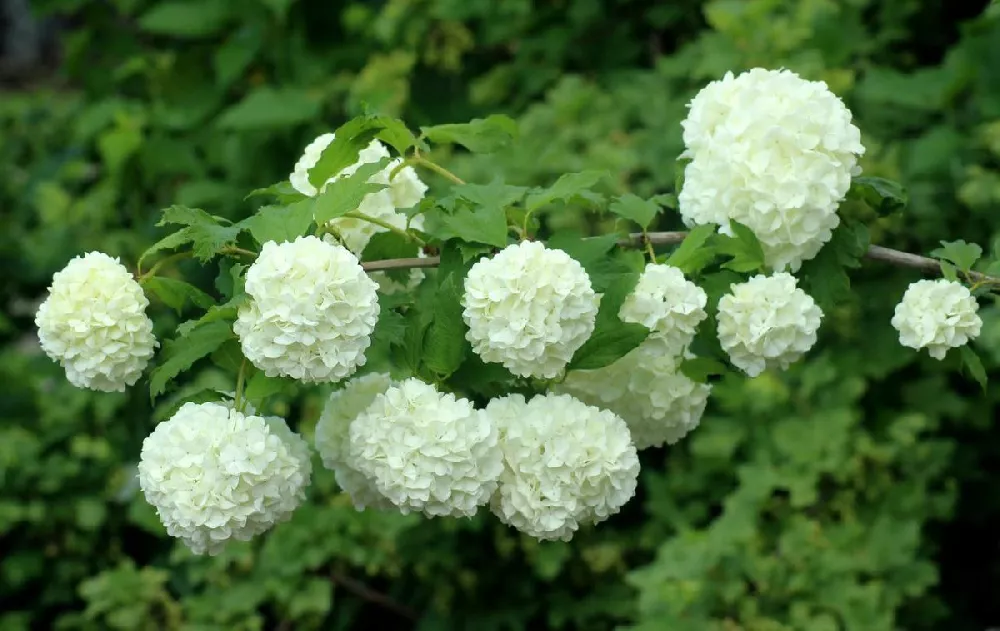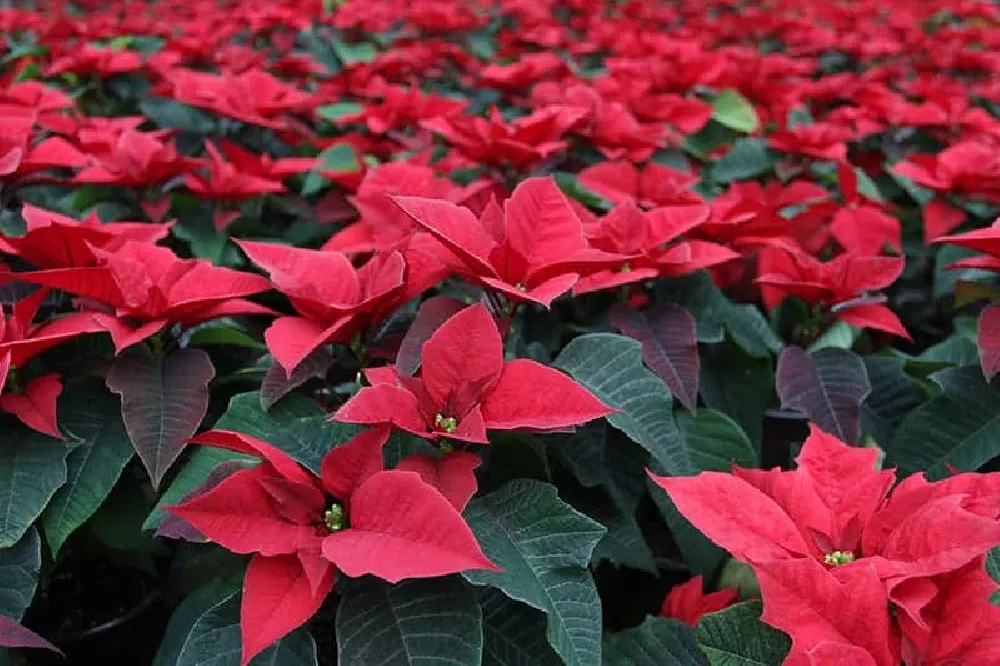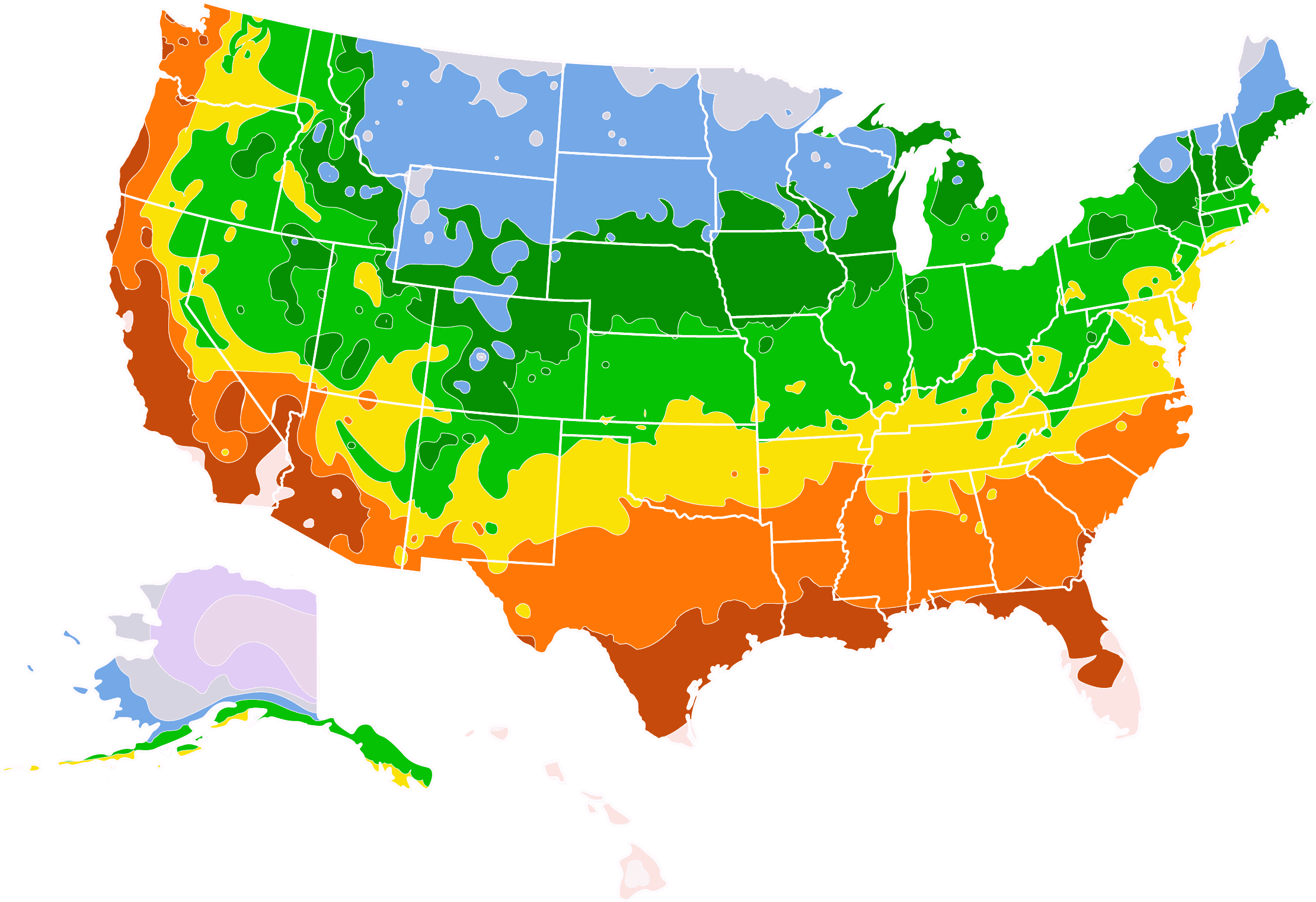Butterfly Magnolia Tree for Sale - Buying & Growing Guide
With so many impressive magnolia varieties to choose from, you're likely to wonder what makes the butterfly magnolia tree worth your consideration. The answer is that the butterfly magnolia tree, or Magnolia 'Butterflies,' blooms with creamy yellow flowers that are more vibrant and reliable than just about any other yellow-blooming plant. Those flowers give off a strong but favorable scent that you are sure to enjoy, as it marks the start of spring. This cultivar also grows in a neat pyramidal shape without additional shaping and only reaches the manageable height of around 20 feet.
- The butterfly magnolia tree boasts creamy yellow flower petals.
- It grows with a neat pyramidal form.
- It blooms earlier than most species and has an attractive fragrance.
Enter your zip code to find nearby stores that may carry this plant.
Plant Care
Sunlight

The butterfly magnolia tree grows well in both full sun and partial shade.
Watering
Water once per week during establishment. Water once per month or less after establishment.
Fertilizing

Fertilize with a nitrogen-rich fertilizer in the spring, just before bloom time.
Planting and Care
Planting instructions
Similar to all magnolias, the butterfly magnolia tree does not respond well to transplanting, which is why you should be extremely careful when choosing a growing location for this plant. Select an area in full or partial sunlight with slightly acidic soil that is both moist and well-draining. Wind protection matters, too. Late winter storms can easily ruin the delicate early-spring flower buds. It’s best to plant your butterfly magnolia tree when it is in a dormant phase, making early spring the ideal planting time in many regions.
Watering and nutrients
After you plant your butterfly magnolia tree, you should supply it with water about once per week or at whatever frequency keeps the soil consistently moist. After your tree has established itself in its new growing location, you can reduce your watering to about once per month during the growing season. Fertilize your butterfly magnolia tree in the spring with a nitrogen-rich fertilizer. The ideal time to apply the fertilizer is in the spring when the buds are formed but have not yet opened.
Pollination
When butterfly magnolia trees bloom, they attract a select group of insects, including beetles, that are responsible for conducting pollination. Interestingly, magnolia trees evolved well before many of the common pollinators we know today, like bees and butterflies, meaning that these insects are incapable of performing pollination for magnolias. What’s also interesting is that butterfly magnolia trees have bisexual flowers, typically meaning that self-pollination is possible. However, only some butterfly magnolia trees are capable of self-pollination, while others are self-sterile.
Pruning
Avoid pruning your butterfly magnolia in the early spring, as doing so will likely remove most or all of the flower buds that are set to bloom. Instead, wait until your tree has finished blooming to begin pruning. At that time, you should focus on removing any branch or stem that is damaged, dead, or diseased. Fortunately, you won’t need to spend time shaping your butterfly magnolia tree — it will grow into a neat form on its own.
Pests, diseases, and animals
Butterfly magnolia trees have an excellent ability to resist infestations and disease. Occasionally, this plant can fall victim to scale insects. However, this issue remains rare. Similarly, it is possible for a butterfly magnolia tree to experience diseases. Bacterial blight, bacterial leaf scorch, and canker are all possible occurrences when growing this tree. The other potential issues a butterfly magnolia tree may encounter are often related to inadequate growing conditions, such as soil nutrient deficiencies and incorrect watering.
Achieving maximum results
Although this may not be true of all magnolias, the butterfly magnolia tree is not the most adaptable to heat and drought-like conditions, nor does it survive in excessively moist conditions. This tree is also not suitable for areas where air pollution is a common occurrence. Still, if you can avoid those adverse growing conditions, the butterfly magnolia tree is a fantastic ornamental tree that can act as the perfect specimen plant for any gardener living in hardiness zones 5 through 9.
FAQs
What are the parent species of the butterfly magnolia tree?
What makes the butterfly magnolia tree stand out from other magnolias?
Once you become familiar with the butterfly magnolia tree, it will become easy to pick it out from other magnolias. The easiest time of year to recognize a butterfly magnolia tree is in April, when the plant is in bloom. At that time of year, you'd be hard-pressed to find a tree that looks anything like a butterfly magnolia, which stands with foliage-free branches, creating a loose but distinct pyramidal form, carrying remarkable creamy yellow flowers with up-pointing petals.
Do butterfly magnolia trees lose their leaves?
While some magnolia trees are deciduous, others are evergreen. Before you plant a tree from this group, it is wise to know whether the species you choose should lose its leaves or not. When it comes to the butterfly magnolia, you should expect the foliage to fall each year during autumn. Then, after the winter has passed and the early-spring flowers have finished blooming, the leaves will emerge again.
Compare Similar Products
You can't add more Product Name - Product size to the cart.
OK